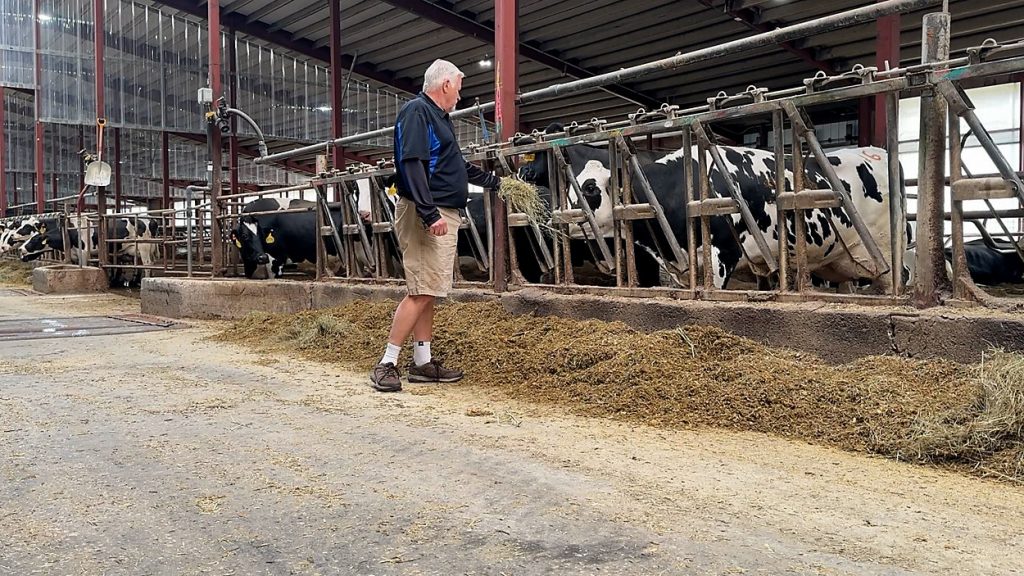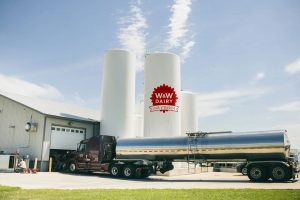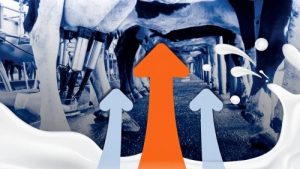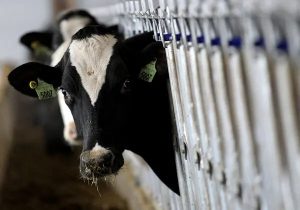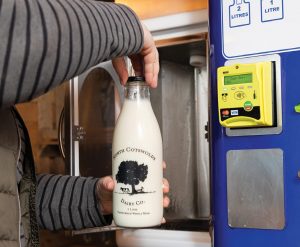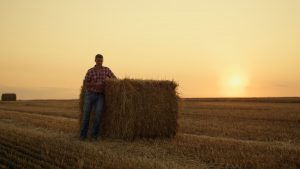
The dairy industry pumps almost $800 billion into the U.S. economy each year, supporting over 3.2 million jobs, according to the International Dairy Foods Association (IDFA).
What You Need To Know
- The dairy industry pumps almost $800 billion into the U.S. economy each year, supporting over 3.2 million jobs, according to the International Dairy Foods Association (IDFA)
- Dairy trade exports reached $8.2 billion in 2024, according to IDFA. That’s the second-highest total export value ever, the association reported, marking a $223 million year-over-year increase
- Wisconsin has more dairy farms than any other U.S. states, according to Wisconsin’s Department of Agriculture, Trade and Consumer Protection (DATCP). It’s a $50 billion industry in the Badger State, according to Gov. Tony Evers, D-Wis.
- While some Wisconsin dairy farmers are concerned about newly enacted tariffs, how the dairy industry is impacted by tariffs is unclear, for now, according to Chuck Nicholson, an associate professor of agriculture and economics at the University of Wisconsin-Madison
Dairy trade exports reached $8.2 billion in 2024, according to IDFA. That’s the second-highest total export value ever, the association reported, marking a $223 million year-over-year increase.
Wisconsin has more dairy farms than any other U.S. states, according to Wisconsin’s Department of Agriculture, Trade and Consumer Protection (DATCP). It’s a $50 billion industry in the Badger State, according to Gov. Tony Evers, D-Wis., who publicized the stat in celebration of Dairy Month kicking off in June. Evers also noted the over 120,000 jobs the dairy industry brings to the state.
Cows have grazed at Wayside Dairy Farm in Greenleaf since 1863. Today, Dan Natzke said Wayside Dairy Farm is a large dairy operation, well over 160 years since the farm’s inception.
Farming can be volatile and tough. It can also be rewarding. Nevertheless, Natzke said he’s thankful to carry on his family’s legacy of dairy farming.
“We thank the good Lord that He’s blessed our family; our family has worked on this farm and to be able to teach our family responsibility and work ethic and moral values, and be able to do it on a dairy farm is just the best of all worlds,” Natzke, the farm’s owner, said.
His dairy farm is home to thousands of cows.
“We are milking 2,300 [cows] and we have another 200 dry cows. So, we’ve got about 2,500 total cows,” Natzke said.
With such a sizable herd, weather is an ever-present concern for Natzke. One of his latest concerns, though, is newly enacted tariffs.
Natzke said that’s because 80% of milk in Wisconsin is exported.
“We depend on exports and so China, who’s kind of a big player in this tariff thing, is a [purchaser] of a lot of dairy products, and so obviously we want that to continue,” Natzke said.
Chuck Nicholson is an associate professor of agriculture and economics at the University of Wisconsin-Madison.
He said 20% of the milk produced ends up outside the U.S.
“The good news on the China side is that we back down on both sides from these 100% plus tariffs,” Nicholson said.
Nicholson said he doesn’t expect the dairy export market with China to be significantly impacted for the time being and that’s a good thing for Wisconsin.
“Cheese is definitely important as an export product, and it’s obviously quite important in Wisconsin. The other part about that is that with cheese typically comes whey, and we’re also a major exporter — from the State of Wisconsin — of whey products, and China is also a major market for our whey products as well,” Nicholson said.
Nicholson said milk is exported to two countries that are major players in the tariff battle with the U.S.
“Canada is our second largest export market for dairy products. Mexico is the first, so there’s likely to be some effects,” Nicholson said.
How the dairy industry is impacted by tariffs is unclear, for now, according to Nicholson.
“If it’s like only a couple months, like where we are now, then the impacts are maybe not so big, and we can adjust to kind of the previous relationships that we had. If they go on for six months, a year, two years, the impacts get a lot larger,” Nicholson said.
You can now read the most important #news on #eDairyNews #Whatsapp channels!!!
🇺🇸 eDairy News INGLÊS: https://whatsapp.com/channel/0029VaKsjzGDTkJyIN6hcP1K
